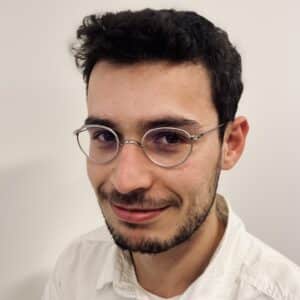"Do local indigenous populations still exist in Europe?"
Sophie Planque et Jérémy Vaugeois
This was the question Sophie Planque and Jérémy Vaugeois asked themselves at the end of a two-and-a-half year cycling trip across America, from northern A...



